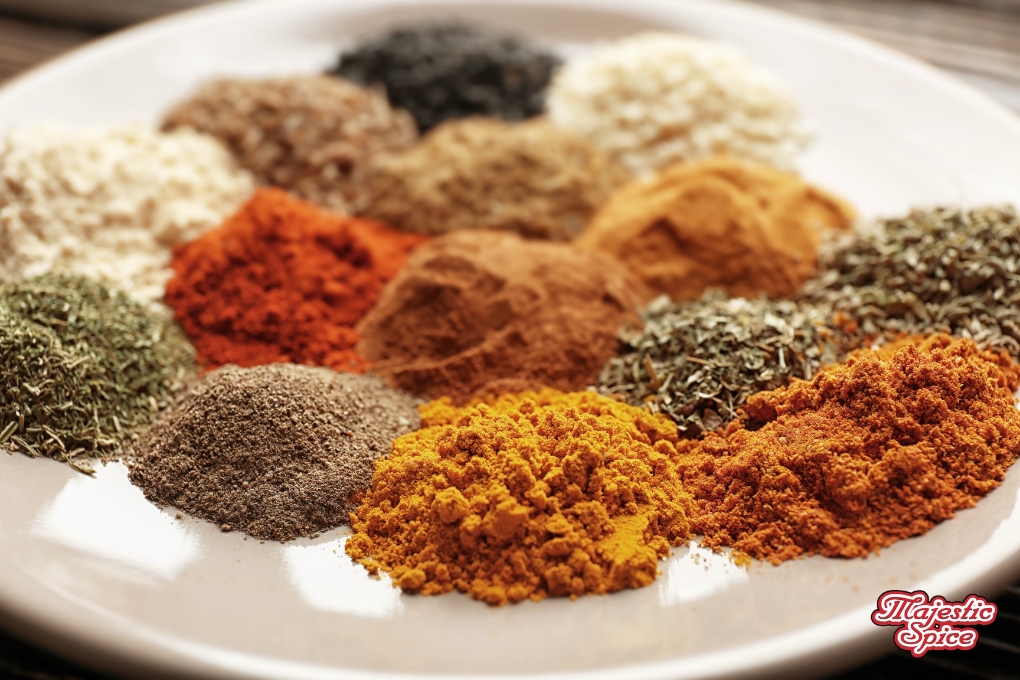From Hot Cheetos to Spices: Improving Food Preservation Naturally
The recent proposal to ban certain artificial dyes in snacks, including the iconic Flamin’ Hot Cheetos, in California schools reinforces a growing concern about the health implications of synthetic additives in our food. Artificial colorants, often used to improve the visual appeal of snacks, have come under examination due to potential links to health issues, particularly among children. As we are shifting towards cleaner, more natural ingredients, it’s worth exploring the role of spices in food preservation and how they offer a sustainable alternative to synthetic additives.
In today’s food industry, spices continue to play a vital role in preserving food without the need for artificial additives. Scientific research has confirmed the antimicrobial properties of many spices, making them effective natural preservatives. For example, compounds found in garlic, such as allicin, demonstrate potent antimicrobial activity against a wide range of pathogens, while cinnamon contains cinnamaldehyde, known for its ability to inhibit the growth of bacteria and fungi.
One of the key benefits of spices in food preservation is their ability to extend shelf life by inhibiting microbial growth. By incorporating spices into food products, manufacturers can naturally prolong the freshness and quality of their offerings. For instance, the addition of cloves or peppercorns to pickled vegetables not only enhances flavor but also helps prevent spoilage, allowing these foods to be enjoyed for longer periods.
In addition to their antimicrobial properties, many spices also possess vibrant colors that can be used to replace synthetic colorants in food products. Turmeric, for example, imparts a rich golden hue to dishes and snacks while providing antioxidant benefits. Paprika, saffron, and annatto are other examples of spices that offer natural coloring properties, allowing food manufacturers to achieve visually appealing products without resorting to artificial additives.
Beyond their role in food preservation, spices are packed with essential nutrients and bioactive compounds that offer a range of health benefits. From boosting immunity to reducing inflammation, spices contribute to overall well-being and can enrich the nutritional profile of food products. By incorporating more spices into our diets, we not only improve flavor but also support our health and vitality.
As we reconsider the ingredients used in our food supply, spices emerge as a natural and sustainable solution for food preservation and flavor enhancement. By harnessing the antimicrobial properties and natural coloring agents found in spices, we can reduce our reliance on synthetic additives and create healthier, more vibrant food products. Its clear, spices offer a pathway towards a more sustainable and flavorful culinary future.


